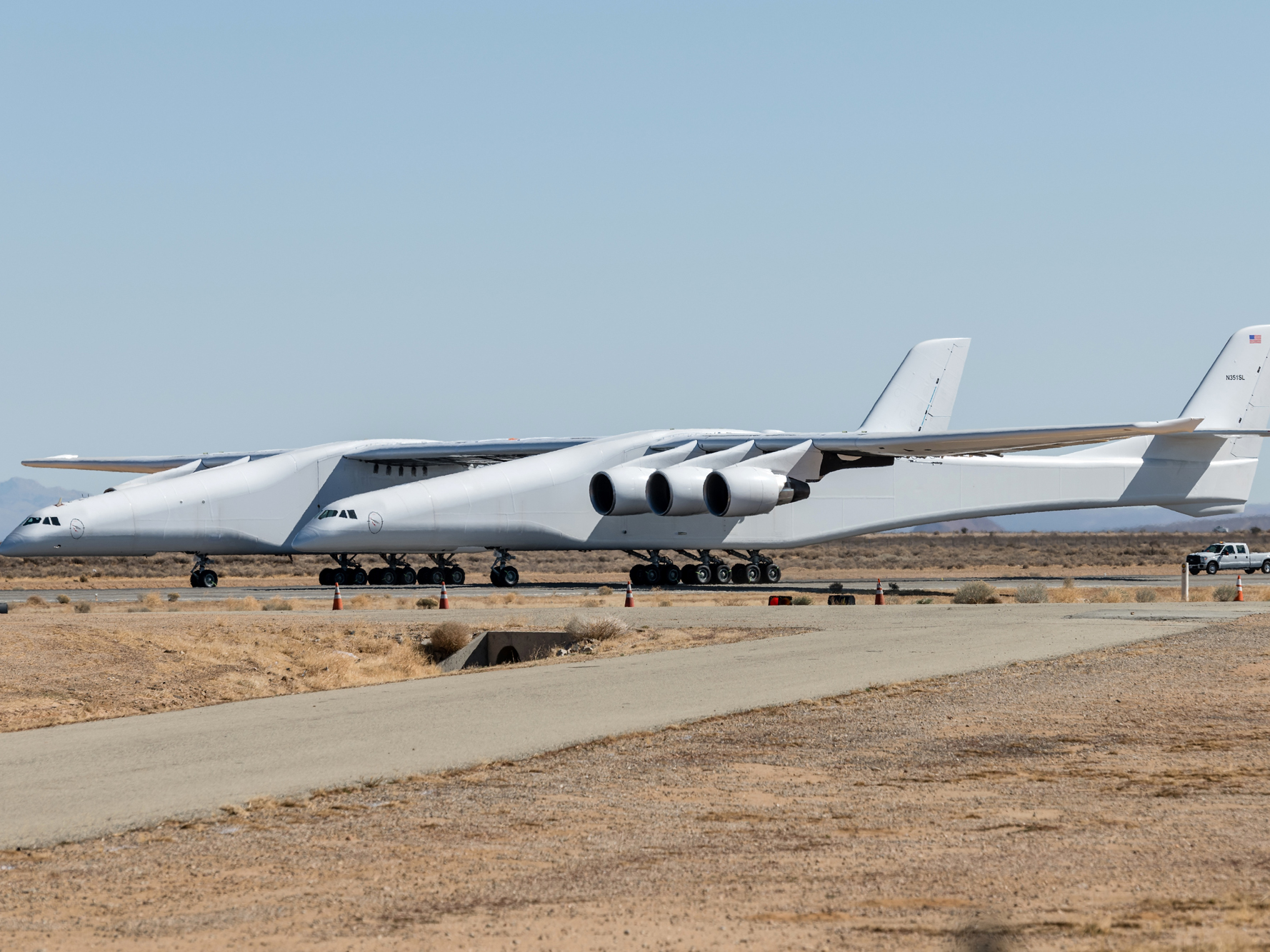- Aerospace company Stratolaunch Systems is changing its mission and developing hypersonic aircraft that aims to reimagine spaceflight and long-distance travel.
- The company has successfully built and flown a carrier aircraft, the Stratolaunch, to which hypersonic aircraft will be affixed and deployed from while airborne.
- At 385 feet wide, the Stratolaunch is the largest plane in terms of wingspan capable of carrying multiple hypersonic vehicles at a time.
- The smallest hypersonic aircraft, the Talon-A, which can travel six times the speed of sound is currently in development.
- Visit Business Insider’s homepage for more stories.
The world’s largest aircraft has a new mission, facilitating hypersonic travel.
Spaceflight-oriented aerospace company Stratolaunch Systems announced that its flagship aircraft, a six-engine carrier ship with two fuselages, will be a launch and test pad for the hypersonic vehicles of the future.
“Our hypersonic testbeds will serve as a catalyst in sparking a renaissance in hypersonic technologies for our government, the commercial sector, and academia,” said Jean Ford, Stratolaunch’s CEO, in a statement on the company’s website.
Departing from its initial intention of launching satellites from the aircraft, according to Space.com, Stratolaunch will shift to developing rocket-powered aircraft capable of breaking the sound barrier multiple times over. The aircraft will launch while airborne from what is currently the world’s largest aircraft in terms of wingspan.
While supersonic aircraft have already been conquered by man, as seen with the legendary Concorde and SR-71 Blackbird, the hypersonic field is still relatively new with few recent advancements. A viable commercial hypersonic aircraft would have the capability of transforming spaceflight, making it more accessible, as well as possibly reshaping long-distance travel on Earth.
Taking a page from SpaceX's book, the hypersonics will be reusable and be able to return safely to the surface following each mission. The first aircraft to be deployed will collect valuable data and research the effects of hypersonic flight will future aircraft will have the ability to transport cargo and passengers.
Take a look at how Stratolaunch's newest focus has the ability to reshape high-speed travel and spaceflight as we know it.
Stratolaunch Systems is the brainchild of Paul Allen, the co-founder of Microsoft, who started the company in 2011.

Source: Stratolaunch Systems
The original idea for the company was to use flying launchpad aircraft to launch satellites and other space-bound vehicles, as well as facilitating the collection of data on spaceflight.
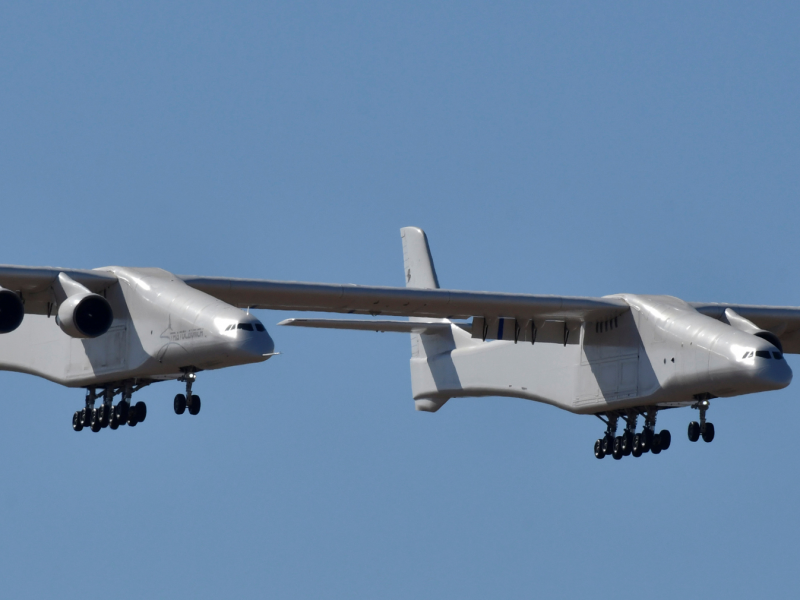
Source: Space.com
Departing from the traditional notion of launching from the surface, Stratolaunch helped pioneer the idea for airborne launches using flying launchpads.

The idea spurred the company, in cooperation with aerospace manufacturer Northrop Grumman and its subsidiary Scaled Composites, to build the Model 351 Stratolaunch aircraft.

Source: Stratolaunch Systems
The Stratolaunch first flew in April 2019, at which point it became the world's largest aircraft to fly in terms of wingspan.

Source: CNBC
Armed with six engines and two fuselages, the wingspan of the bird is 385 feet, beating the next-largest plane by nearly 100 feet.
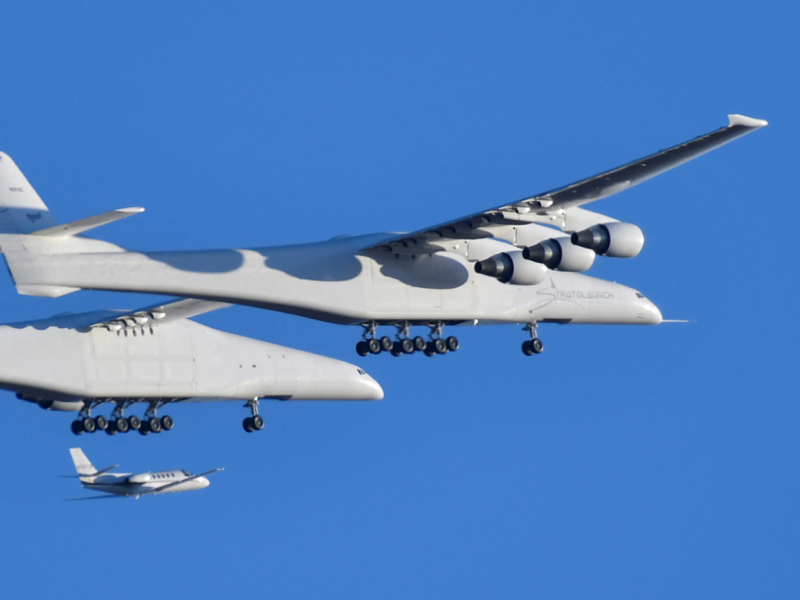
Source: Stratolaunch Systems
The aircraft won't be seen flying passengers or cargo. Rather, a vehicle will be affixed to the center wing and launched when airborne.
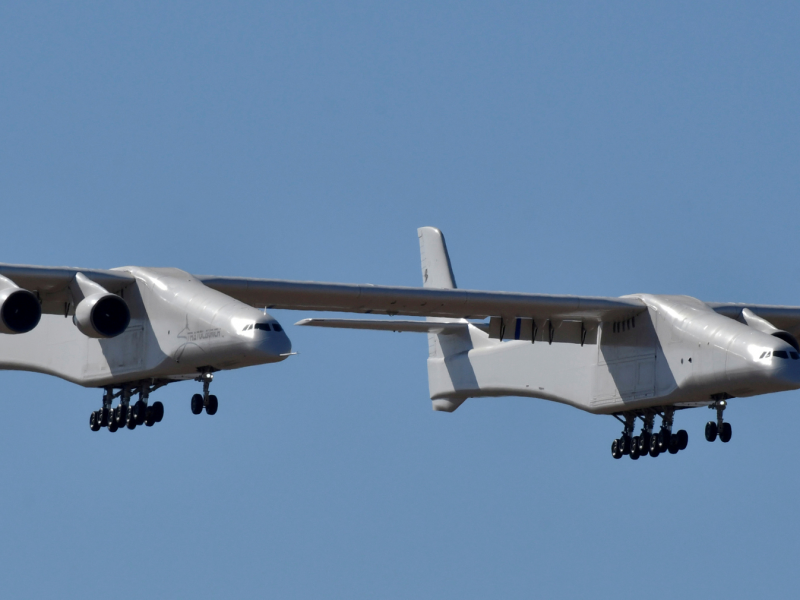
Source: Stratolaunch Systems
The concept isn't new in spaceflight, with Richard Branson's Virgin Galactic building a similar launcher for its commercial space exploration aircraft.

Similarly produced by Scaled Composites, the aircraft features two fuselages but only four engines in a smaller wingspan.

The enhanced size of the Stratolaunch enables larger hypersonic vehicles to be affixed and deploy from the carrier, as well as multiple smaller vehicles.

With the aircraft completed and having flown test missions, Stratolaunch can now shift its new focus to building the hypersonic vehicles its aircraft with soon carry.
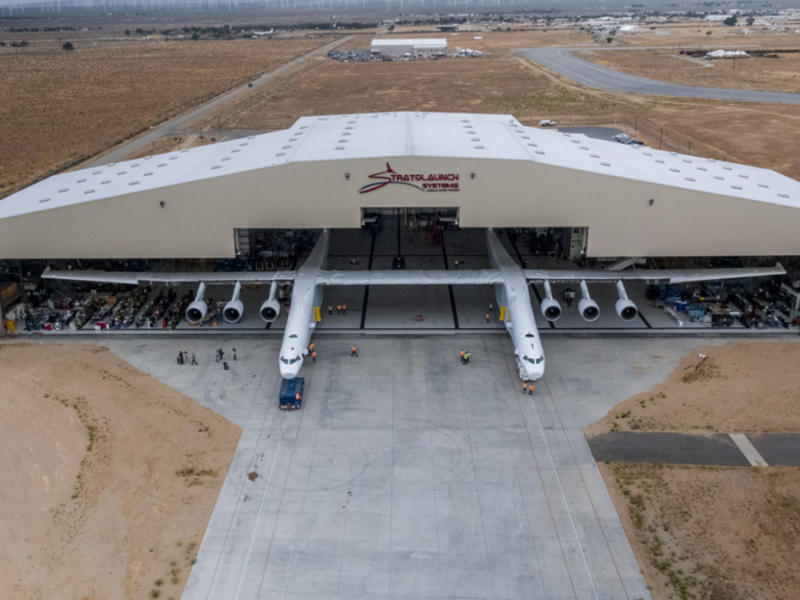
The first model to debut will be the "Talon A", a self-flying blended-wing type aircraft capable of flying at Mach 6, six times the speed of sound.
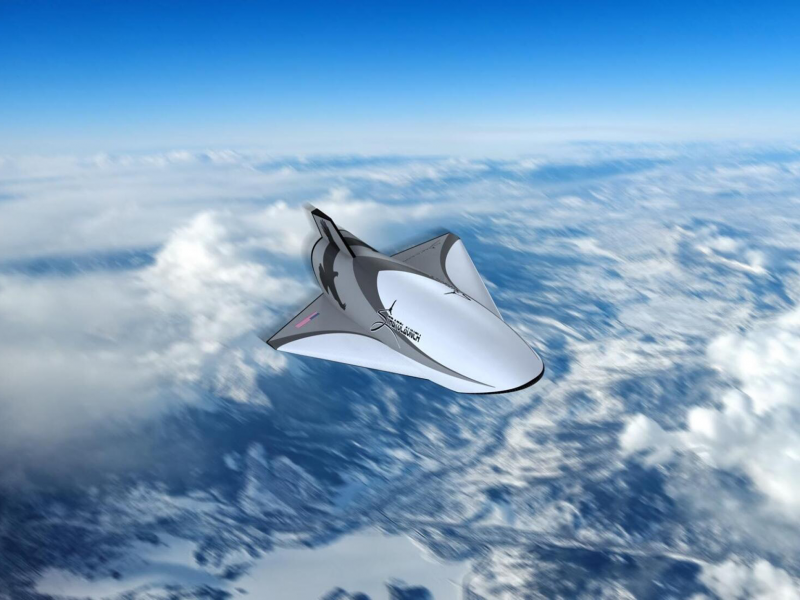
Source: Stratolaunch Systems
The Talon-A won't be carrying passengers or cargo, intended instead for collecting data on and researching the new field of hypersonic travel.

Source: Stratolaunch Systems
Designs for future aircraft, such as this one nicknamed "Black Ice," have stated that they'll be able to carry cargo and crew, eventually.
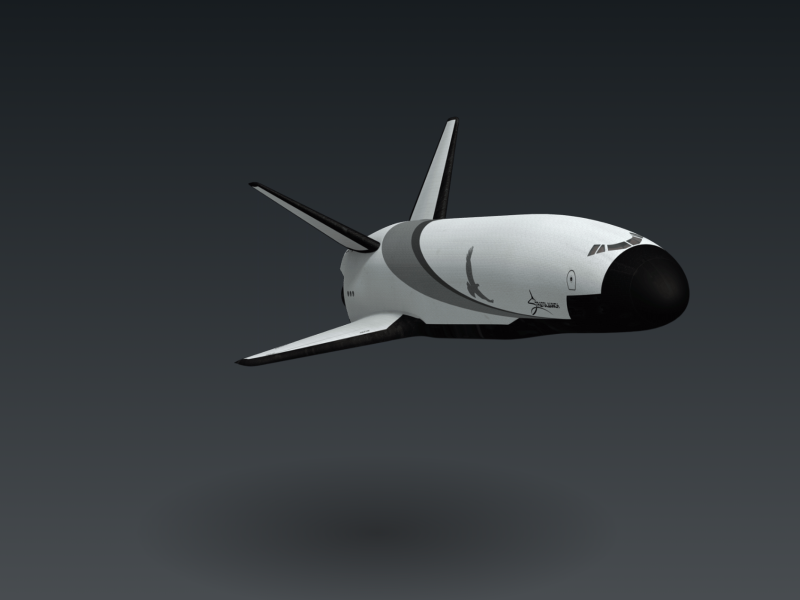
Source: Stratolaunch Systems
The Stratolaunch can carry three of the 11.3-foot wide Talon-A aircraft under its wing, enabling multiple flights at a time.
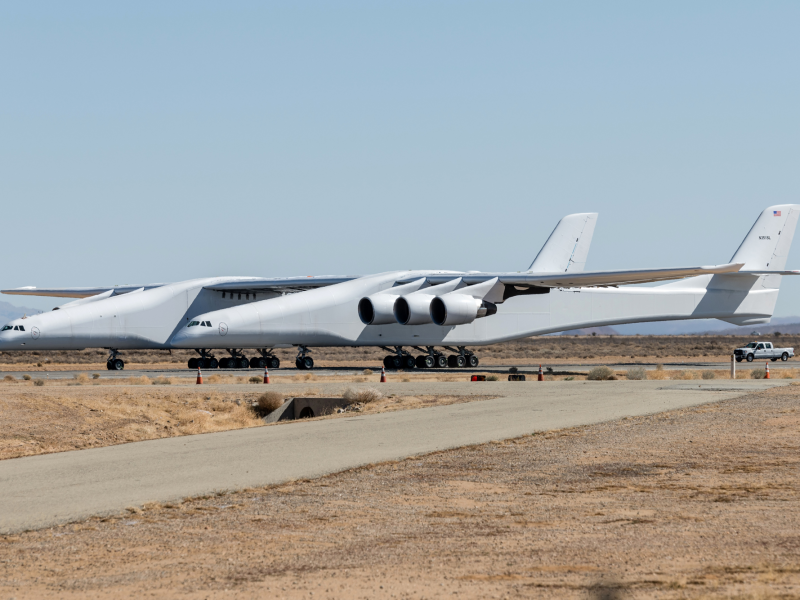
Source: Stratolaunch Systems
Once deployed from the airborne carrier, the Stratolaunch can return to base and pick up a new load as the hypersonic aircraft don't require the carrier to return to Earth and will be capable of autonomous landing.

Source: Stratolaunch Systems
Stratolaunch's development of the vehicles will allow for "reliable, routine access to space," according to spokesperson Art Pettigrue in a statement to Space News.

Source: Space News

